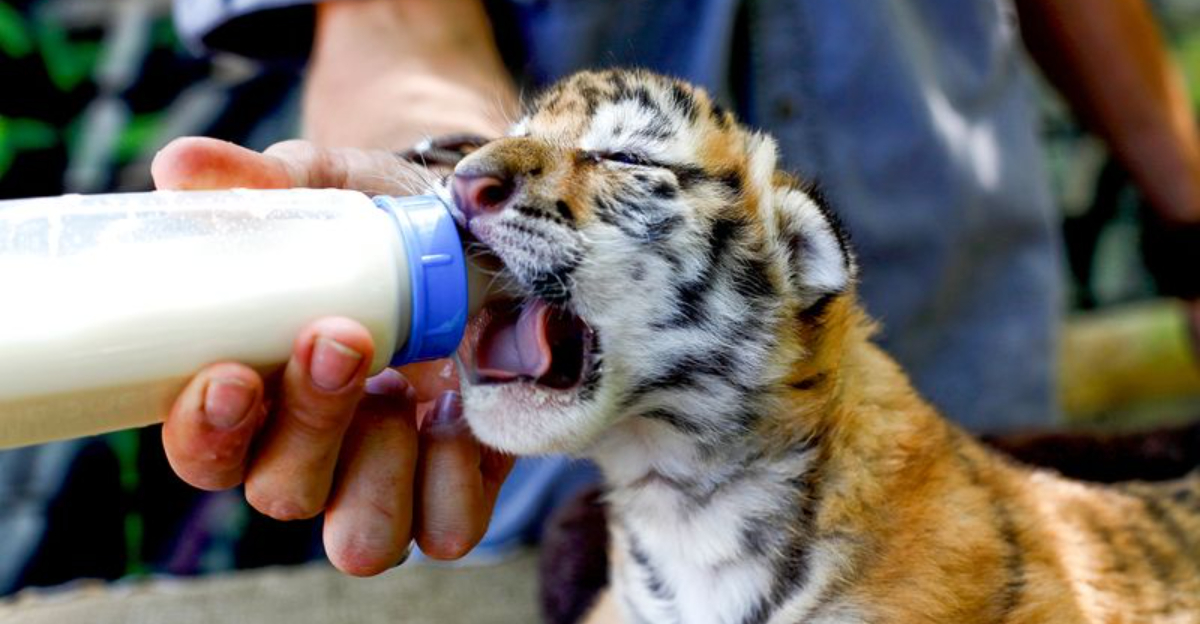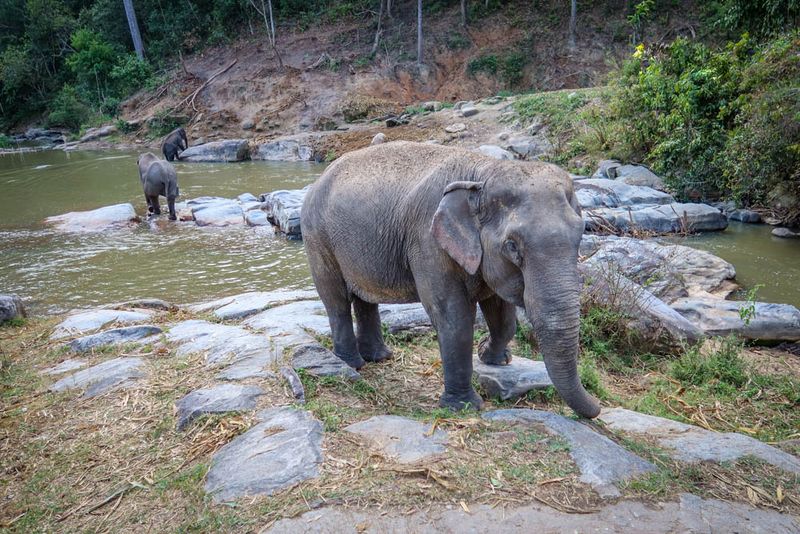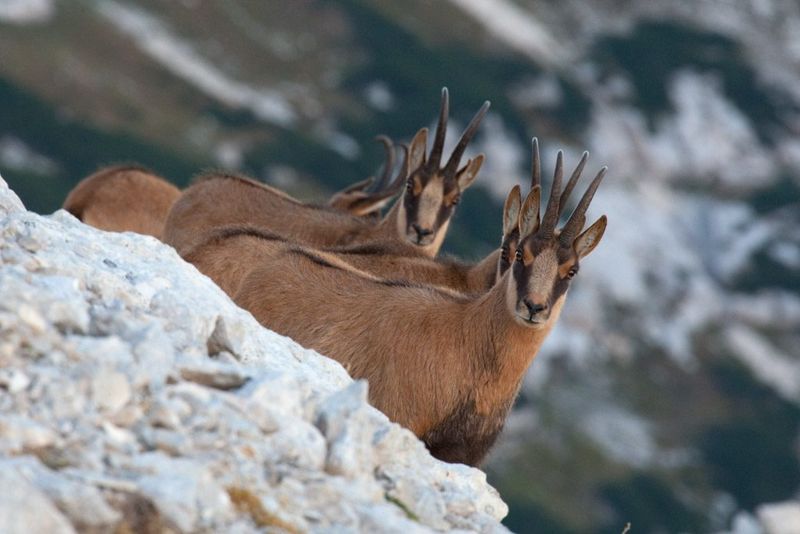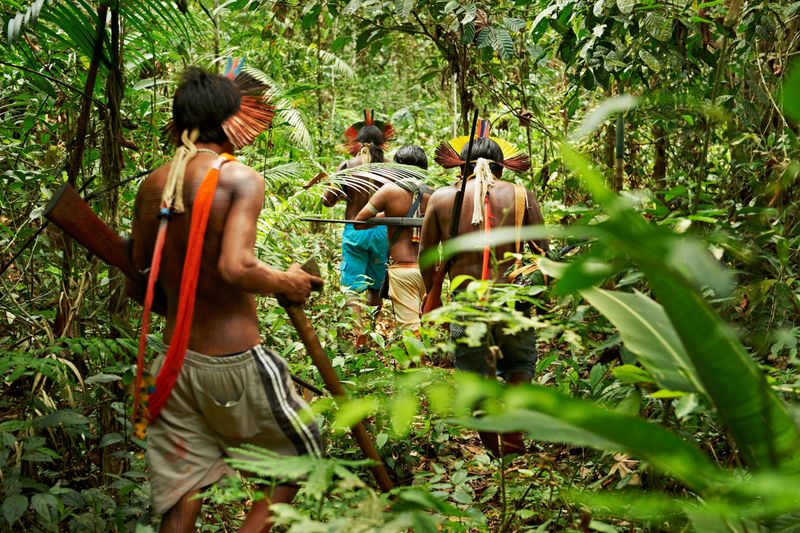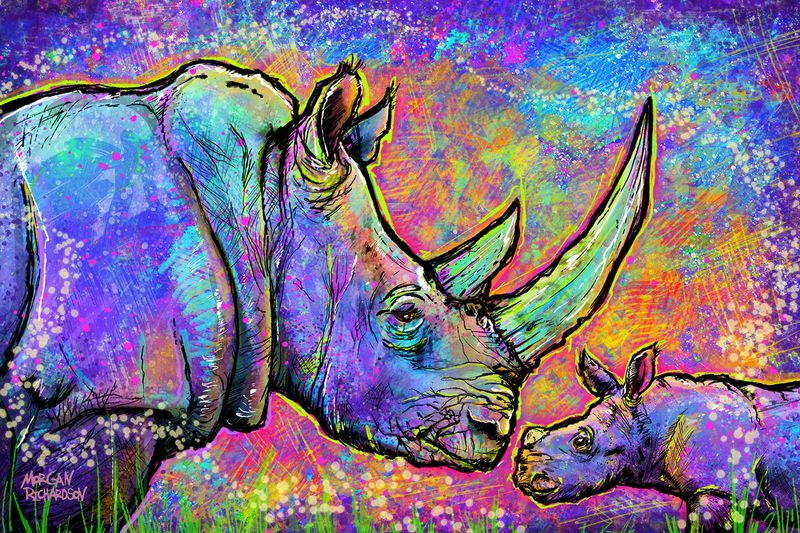Since the dawn of civilization, humans have sought to understand, coexist with, and sometimes control the natural world. From domesticating wolves into loyal dogs to rewilding former industrial landscapes, our relationship with the untamed has always been a dance of respect, power, curiosity, and care.
From Wild to Companion: The Evolution of Domesticated Animals
Dogs, cats, horses, chickens—these animals weren’t always curled up on couches or grazing in pastures. Domestication is a slow, complex process where humans and animals evolve together. Wolves that scavenged near ancient campsites eventually became hunting partners and guardians. Wild cats who loitered around grain stores became mousers and, later, beloved pets. But domestication doesn’t just mean taming—it means changing genetics, behaviors, and instincts over generations.
This process has created entirely new species dependent on human care. Yet, many domestic animals retain traces of their wild past. A housecat still stalks with tiger-like grace. A dog still dreams of the hunt. In every pet, there’s a story of wildness made familiar.
Each animal carries a legacy of adaptation and partnership, a testament to the enduring bond between humans and animals. Through this journey, we see the shared path of evolution, where survival and companionship intertwine.
Beasts of Burden: The Ethics of Control and Cooperation
Throughout history, humans have relied on animals for work—horses for transport, oxen for plowing, elephants for logging. These working relationships often required intense training, trust, and sometimes, force. But where is the line between cooperation and cruelty? Modern perspectives on animal welfare are shifting, challenging traditional uses of animals in labor, entertainment, and tourism.
Elephant tourism, for example, has faced heavy criticism for the training methods used. Conversely, equine therapy and service animals highlight the beautiful, mutually beneficial bonds that can arise. “Taming” the untamed, when done ethically, can foster partnership—but it also demands humility, empathy, and respect for the animal’s well-being.
The ethics of animal labor invoke questions about responsibility and care. As society progresses, the push for humane treatment and understanding grows stronger, encouraging us to rethink how we coexist with nature. By embracing compassion, we redefine our roles as guardians, not just users, of these magnificent creatures.
The Wild Within: When Animals Can’t Be Fully Tamed
Some animals defy domestication. Tigers, chimpanzees, and wolves may be raised by humans, but they retain instincts that can’t be erased. Stories of exotic pets turning dangerous are warnings of what happens when we confuse familiarity with control. These animals aren’t villains—they’re wild beings acting on instinct.
Even in controlled environments, their needs are vast and difficult to meet. Sanctuaries and wildlife rescue centers often inherit the consequences of attempted taming. The lesson? Not all creatures are meant for cages, couches, or suburban backyards.
Some are best appreciated from afar, with awe rather than ownership. The untamed, after all, reminds us of nature’s boundaries. This respect for the wild teaches us humility and the importance of preserving natural habitats, where these creatures can thrive without human interference.
Rewilding the World: When Humans Let Nature Be Wild Again
What happens when we stop taming—and start giving nature space to thrive? Rewilding is the practice of restoring landscapes to their natural, untamed states. From reintroducing wolves to Yellowstone (which reshaped the entire ecosystem) to bringing bison back to Europe’s grasslands, rewilding shows the incredible resilience of nature when left alone.
This concept challenges the idea that humans must manage every inch of Earth. Instead, it suggests that sometimes, stepping back is the best way forward. Rewilding doesn’t mean ignoring nature—it means respecting its ability to heal, adapt, and flourish without constant interference.
In doing so, we begin to untame ourselves, rediscovering the wild wonder we nearly lost. This approach fosters a deeper connection to the world around us, urging us to appreciate the beauty of unspoiled environments. By supporting rewilding initiatives, we become stewards of a future where nature and humanity coexist harmoniously.
Guardians, Not Masters: Rethinking Our Role in Nature
To truly “tame the untamed” isn’t about domination—it’s about responsibility. Indigenous cultures around the world have long practiced sustainable coexistence with the natural world, guided by principles of respect and reciprocity. In contrast, industrialized societies have often treated nature as something to be conquered.
But modern conservation movements are embracing a new ethos: we are not above nature, but part of it. This means protecting habitats, respecting animal intelligence, and questioning practices that prioritize control over compassion.
As climate change and extinction accelerate, our role must shift from tamers to guardians—from rulers of nature to allies in its survival. This shift in perspective encourages a harmonious existence, where the focus is on preserving biodiversity and nurturing the planet for future generations. By adopting these values, we honor the wisdom of those who understood the sacred balance of the natural world.
The Modern Dance: Technology and Wildlife Conservation
In the 21st century, technology has become an unexpected ally in wildlife conservation. Drones soar above dense forests, tracking elusive species without disturbing them. GPS collars provide scientists with vital data on migration patterns and habitat use. These innovations create a bridge between modernity and the wild, offering new ways to protect endangered species.
However, technology’s role is not without challenges. The reliance on gadgets raises questions about privacy, ethics, and the potential for misuse. Balancing technological advancements with ecological sensitivity is crucial to maintaining ethical standards.
Despite these challenges, technology’s potential to aid conservation efforts is undeniable. By embracing these tools, we can enhance our understanding and protection of wildlife, ensuring that future generations can marvel at the beauty of untamed nature. With careful integration, technology can amplify our efforts to sustain the delicate dance between humans and the natural world.
Cultural Reflections: Art and Storytelling in Nature Conservation
Art and storytelling have long been powerful tools in shaping our understanding of the natural world. From cave paintings depicting ancient hunts to contemporary murals showcasing endangered species, creativity bridges the gap between humans and nature. These artistic expressions capture the essence of the wild, evoking emotions and inspiring action.
Storytelling weaves narratives that celebrate the beauty and fragility of ecosystems. Folktales and myths often personify animals, creating connections that transcend generations. These stories serve as reminders of our shared history and responsibilities.
By integrating art into conservation efforts, communities can cultivate a sense of pride and stewardship. Public installations and performances draw attention to environmental issues, galvanizing support for preservation initiatives. Through creativity, we unite as advocates for the untamed, embracing the vibrant tapestry of life that surrounds us.
